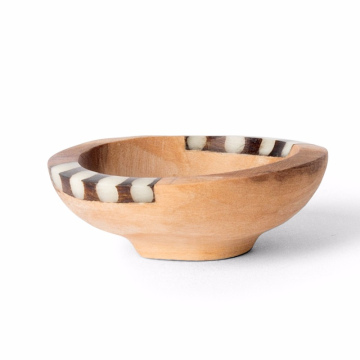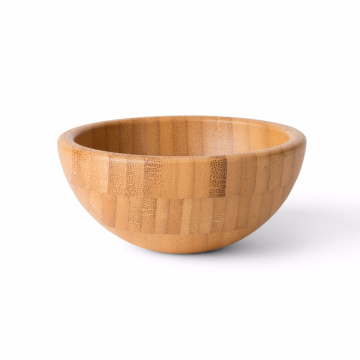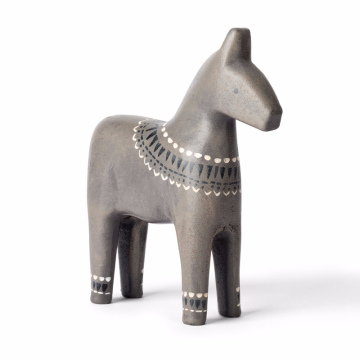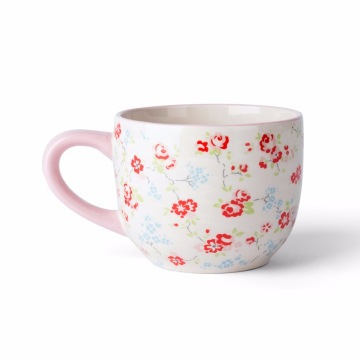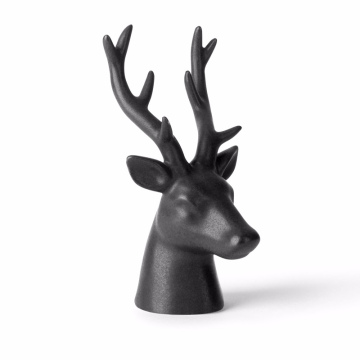Early Life and Influences
Pablo Picasso, one of the most influential figures in modern art, was born on October 25, 1881, in Málaga, Spain. He was the son of José Ruiz Blasco, an art teacher, and María Picasso y López. From a very young age, Picasso exhibited a profound affinity for drawing, encouraged by his father, who recognized his artistic talent. His early exposure to art was not only a family affair but also a reflection of the rich cultural milieu in Spain, which deeply influenced his nascent artistic vision. The vibrant colors and forms of Andalusian culture fascinated him, shaping his later explorations in various art movements.
As a child, Picasso's talent was clear; he produced remarkable works at a young age, painting his first piece, "Le Picador," at just nine years old. His father played a critical role in his education, teaching him the fundamentals of drawing and painting, which laid the groundwork for his future as a revolutionary artist. However, it was in Barcelona that Picasso's artistic journey began to flourish. Moving there in 1895 to join his family, he immersed himself in a new environment that exposed him to diverse artistic ideas and philosophies. The city acted as a cultural hub, where he encountered significant influences from contemporary artists and various art styles, including symbolism and impressionism.
During this period, Picasso became associated with the avant-garde scene in Barcelona, where he met other young artists who would challenge traditional norms. This interaction was pivotal, as it opened his eyes to innovative techniques and alternative artistic expressions that diverged sharply from conventional aesthetics. His early works reflected an amalgamation of these influences, setting the stage for his transformative contributions to modern art. Through his childhood experiences and the artistic currents of his time, Picasso began to establish a unique voice that would ultimately redefine the boundaries of visual art.
The Blue and Rose Periods
Pablo Picasso's artistic evolution is notably characterized by two distinct phases often referred to as the Blue Period and the Rose Period. The Blue Period, which spans from 1901 to 1904, is marked by a palette dominated by somber blues and greens, a reflection of the artist's emotional turmoil and personal experiences. During this time, Picasso explored themes of isolation, poverty, and despair, influenced by the tragic death of his close friend Carlos Casagemas. Works such as "La Vie" and "Old Guitarist" reveal the profound emotional depth of this phase, showcasing melancholic figures and scenes that resonate with a deep sense of sadness and melancholy.
As Picasso transitioned into the Rose Period, which lasted from 1904 to 1906, his work underwent a dramatic transformation in mood and palette. This period is characterized by the incorporation of warmer colors, particularly shades of pink and orange, symbolizing a move towards optimism and joy in his artistic expression. The subjects of his paintings shifted to portray circus performers, harlequins, and acrobats, exemplifying a more playful and vibrant approach to art. Iconic pieces such as "Family of Saltimbanques" and "Girl with a Mandolin" encapsulate this lighter tone, celebrating the beauty of human connection and joy.
The juxtaposition between these two phases not only highlights Picasso's versatility as an artist but also reflects his personal journey. The emotional depth of the Blue Period gave way to the buoyancy of the Rose Period, revealing how his changing circumstances and experiences shaped his oeuvre. Through these periods, Picasso solidified his status as a revolutionary modernist painter, influencing generations to come with his profound insights into the human condition and the evolving nature of art itself.
Cubism: A New Artistic Movement
Pablo Picasso, alongside his contemporary Georges Braque, was instrumental in the emergence of Cubism, a groundbreaking artistic movement that revolutionized the perception of form and space in art. This innovative style, which began to take shape in the early 20th century, sought to deconstruct traditional perspectives by breaking down objects into fragmented shapes and presenting multiple viewpoints simultaneously. Through this approach, Cubism not only redefined the representation of reality but also invited viewers to engage with art in a more dynamic manner.
One of Picasso's most iconic works, 'Les Demoiselles d'Avignon,' exemplifies the principles of Cubism. In this piece, he portrayed five women in a manner that challenged the conventional depiction of the female form. The figures are rendered with bold geometric shapes and a lack of depth, which forces the observer to consider the subjects from various angles rather than a singular viewpoint. This technique of fragmentation is a hallmark of Cubism, as it reflects the complexities of visual perception and the multifaceted nature of reality.
Moreover, Cubism's rejection of traditional perspective created a new language in art, wherein the artist's interpretation of the world took precedence over realistic reproduction. This shift not only influenced Picasso’s oeuvre but also had a profound impact on modern art as a whole, paving the way for movements such as Futurism and Constructivism. The collaborative efforts between Picasso and Braque during this period marked a significant turning point in artistic expression, showcasing their commitment to experimentation and innovation.
In conclusion, the contribution of Pablo Picasso to the development of Cubism signifies his status as a revolutionary figure in art. Through his tireless exploration of form and perspective, he laid the groundwork for future generations of artists, establishing new paradigms that continue to resonate in contemporary artistic practices.
Legacy and Impact on Modern Art
Pablo Picasso’s influence on modern art is both profound and far-reaching, establishing a foundation upon which various art movements were built. His experimental approach to painting, sculpture, and beyond broke traditional boundaries, inspiring subsequent generations of artists to explore new forms and styles. Picasso’s venture into Cubism, which fractured perspective and redefined representation, remains a pivotal moment in art history. It challenged conventional aesthetics and encouraged artists to embrace abstraction and fragmentation, leading to the emergence of genres such as Surrealism, Expressionism, and even contemporary street art.
The relevance of Picasso in contemporary culture is evident in various spheres, from museum retrospectives to academic discourse. Major exhibitions, such as those recently held at the Musée Picasso in Paris and the Museo Picasso Malaga, continue to draw large audiences, demonstrating the public's fascination with his life and oeuvre. Curators and critics often highlight how Picasso’s innovative techniques, including collage and assemblage, have become integral to the practices of many modern artists. Notably, works by artists like Gerhard Richter and Jean-Michel Basquiat exhibit traces of his groundbreaking methods.
Art historians frequently testify to the enduring legacy of Picasso’s work. Renowned critic Robert Hughes described him as “the one artist who turned the world upside down,” a sentiment echoed by many scholars who attribute the seismic shifts in 20th-century art to his revolutionary ideas. His ability to reimagine color, form, and space has made him a recurring point of reference in discussions about artistic evolution. As contemporary artists and art enthusiasts continue to engage with Picasso’s spirit of experimentation, it is evident that his contributions will resonate through the ages, ensuring his position as a central figure in the history of modern art.

